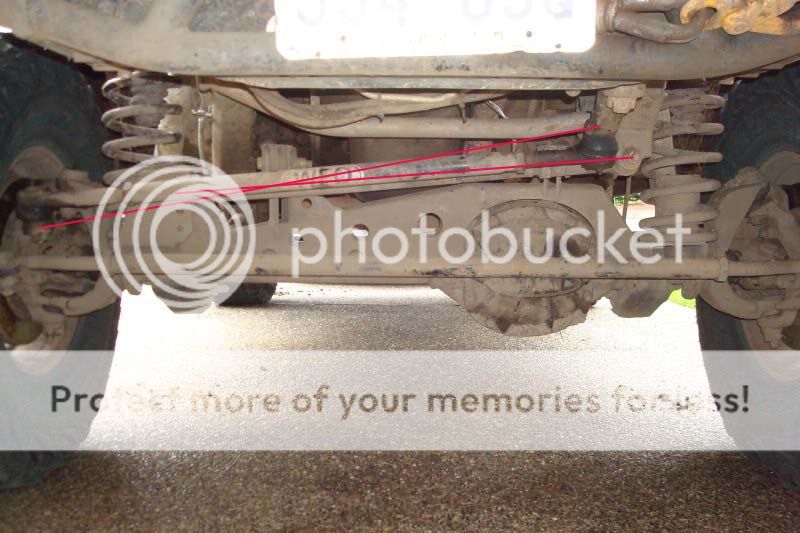northwestxj
NAXJA Member #1283
- Location
- washington
I'm in the process of building a new trackbar bracket and I'm wanting to make sure I get my angles right so I don't have bumpsteer/death wobble. I've always heard two different schools of thought on this and I'm trying to figure out the correct one. One is that if you draw imiginary lines from MOUNTING HOLE to MOUNTING HOLE for the trackbar and draglink, that they should be parallel. The second one is that the bars should be parallel (at the same degrees), so basically your measuring from the CENTER OF THE JOINT to the CENTER OF THE JOINT. These are completely different, so I'm trying to figure out the correct one.
If you take a look at this first picture you will see my draglink and a white thing I put in there that goes from the MOUNTING HOLE to MOUNTING HOLE. So is my goal to match the angle/degrees of the trackbar itself, or of the white thing which goes to the mounting holes. Different joints such as heims, TRE's, spherical (flex) joints would all change the angles.
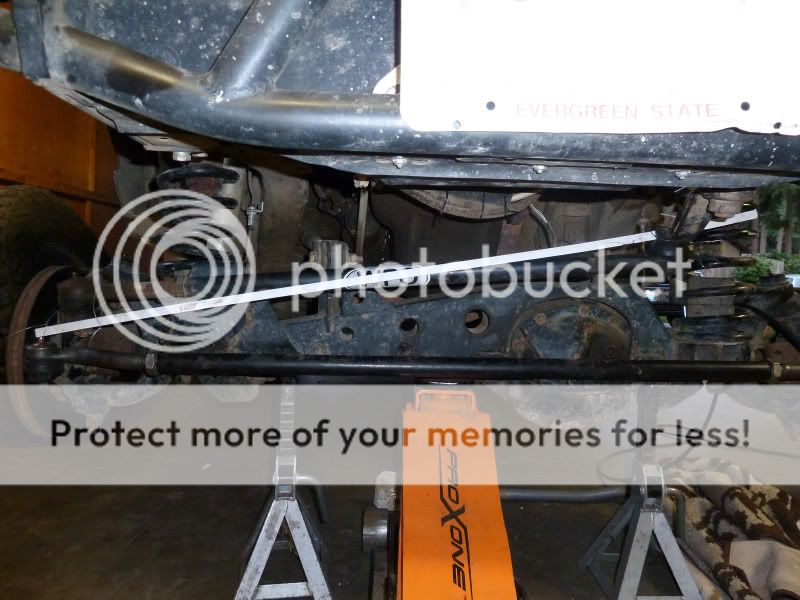
So again, if you look at my edited picture below, is my goal to match the white line (mounting holes) or the red line (center of joint)?
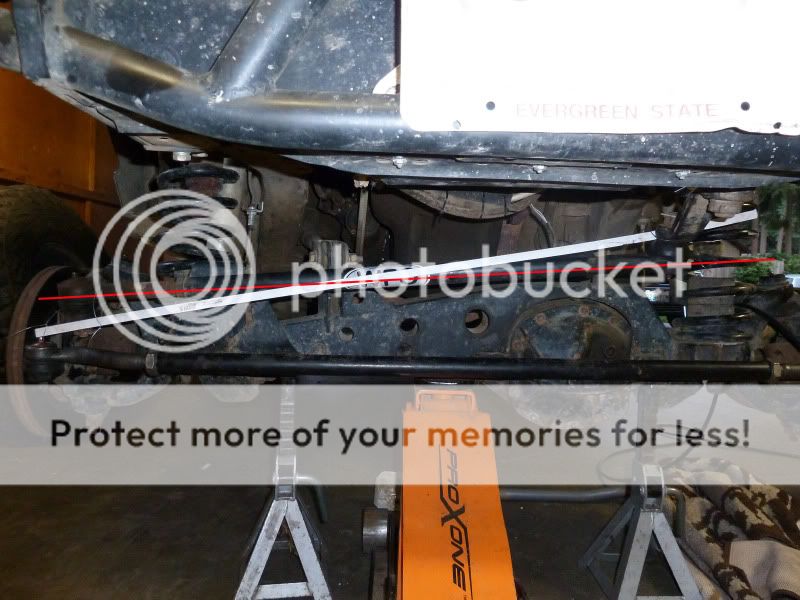
To sum it up, which photo would be correct for the trackbar, the first or second?
First shows the trackbar matching the mouting hole to mounting hole for the draglink.
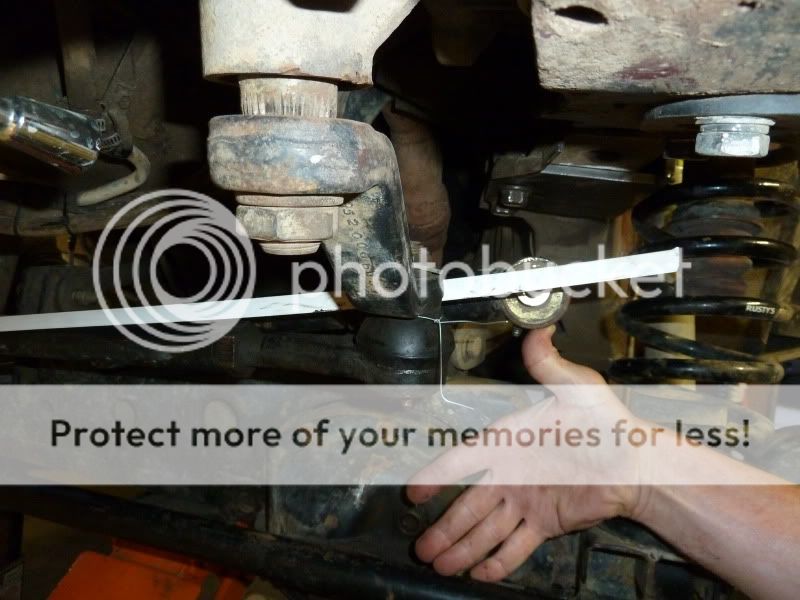
Second shows the trackbar matching the center of joint to center of joint of the draglink (i.e. parallel to draglink).
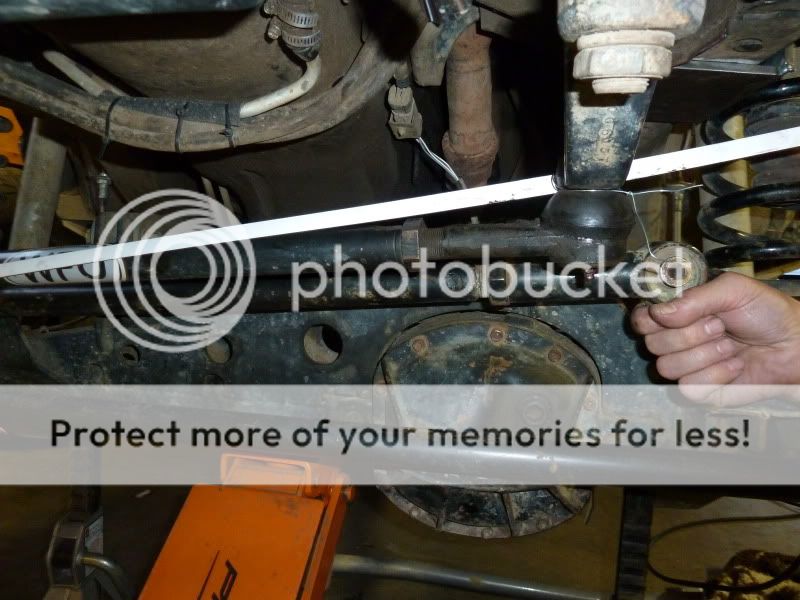
If you take a look at this first picture you will see my draglink and a white thing I put in there that goes from the MOUNTING HOLE to MOUNTING HOLE. So is my goal to match the angle/degrees of the trackbar itself, or of the white thing which goes to the mounting holes. Different joints such as heims, TRE's, spherical (flex) joints would all change the angles.

So again, if you look at my edited picture below, is my goal to match the white line (mounting holes) or the red line (center of joint)?

To sum it up, which photo would be correct for the trackbar, the first or second?
First shows the trackbar matching the mouting hole to mounting hole for the draglink.

Second shows the trackbar matching the center of joint to center of joint of the draglink (i.e. parallel to draglink).


